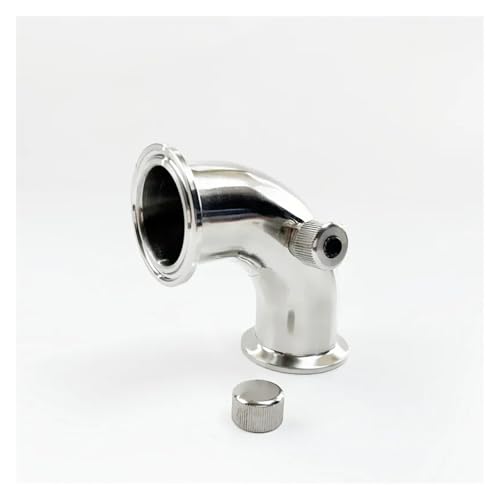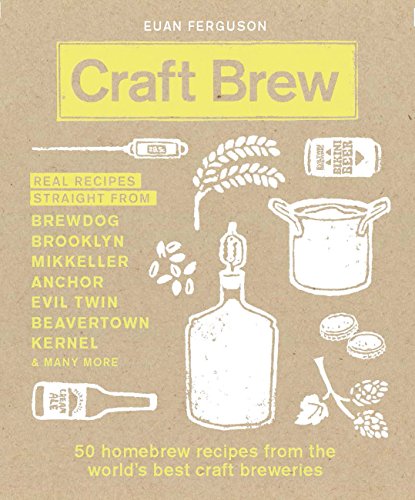mullionvagrant
New Member
- Joined
- Jun 23, 2013
- Messages
- 1
- Reaction score
- 0
Does anybody have any information on the Spingo Ales brewed at the famous Blue Anchor Helston Cornwall. I am looking to re-create a similar style of traditional beer. i am guessing a combination of maris otter, goldings and possibly fuggles for the Middle and added crystal for the Special ( i may be wrong of course-but these seem the traditional likely ingredients)..but what quantities, timings etc???
Anybody had a go at this and can offer advice???
Anybody had a go at this and can offer advice???





































![BREWING THERMOMETER STICKERS ACCURATELY MONITOR FERMENTING BEER & WINE LIQUID TEMPERATURES 5PCS HOME BREW SPIRITS WINE LCD ADHESIVE [US]](https://m.media-amazon.com/images/I/311DDjo2X3L._SL500_.jpg)






